Reproduction of clematis by cuttings: timing and basic rules
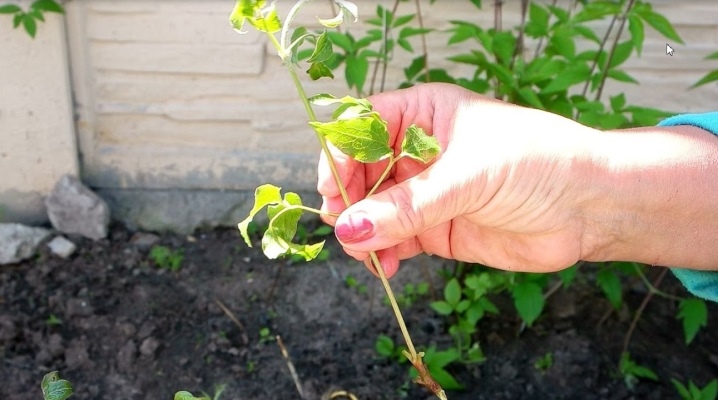
To obtain new flowering crops, gardeners use a lot of proven methods. As for clematis, cuttings are considered one of the most effective methods of reproduction, which has a lot of individual characteristics.
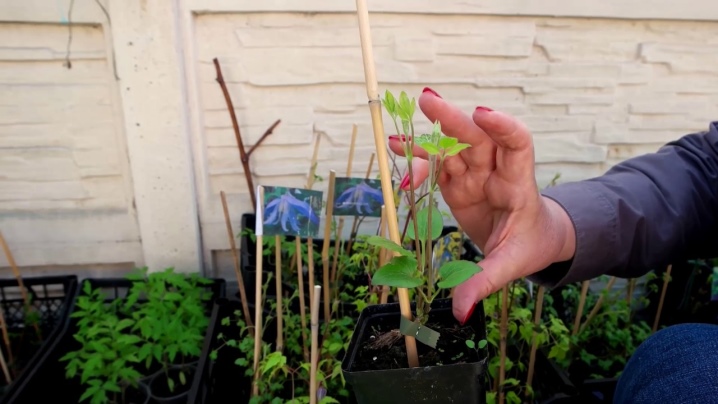
Breeding time
Experienced gardeners, taking into account the peculiarities of a particular season, have developed certain algorithms for propagating clematis by cuttings, adhering to which it will be possible to get a new culture throughout the warm season and even in winter.
Cuttings in autumn
The cultivation of a flowering culture falls on an autumn planned pruning.
Gardeners are faced with the task of selecting healthy and long shoots, the length of which will be at least 1 meter.
In the fall, cuttings are deepened into loose soil, but no more than 10 centimeters, and moistened. After some time, the soil will be crusted, after which the planting site of new crops in the fall is covered with a layer of mulch, using fallen leaves, by the next season a new clematis will appear on the flower bed.
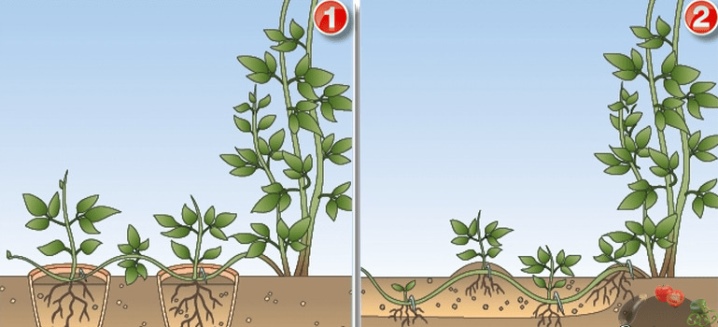
Breeding before winter
To propagate clematis in winter, it is recommended to use not green, but woody shoots of a healthy plant. This choice is due to the lack of sunlight during the cold period, due to which green cuttings are most likely not to take root.
Planting material must be at least 20 centimeters long.
To grow a flower, you will need to equip a mini-greenhouse at home, in which you will need to maintain a temperature above average, as well as moderate air humidity.

Cuttings in spring
The best time to cut a clematis bush is spring. During this period, a healthy shoot, at least 70 centimeters long, should be separated from the mother plant, however, it is not recommended to use the top of the culture for propagation, since it, as a rule, does not have buds for growth.
After pruning, the planting material must be placed in any growth stimulator for 30–40 minutes, to prepare a place for future rooting.
It would be more correct to use a substrate from garden fertile soil and humus for planting. For rooting, grooves are created, which are moistened, after which cuttings must be inserted into them in an upright position up to the very sprouts. Caring for new crops is no different from agrotechnical measures for adult flowering crops.
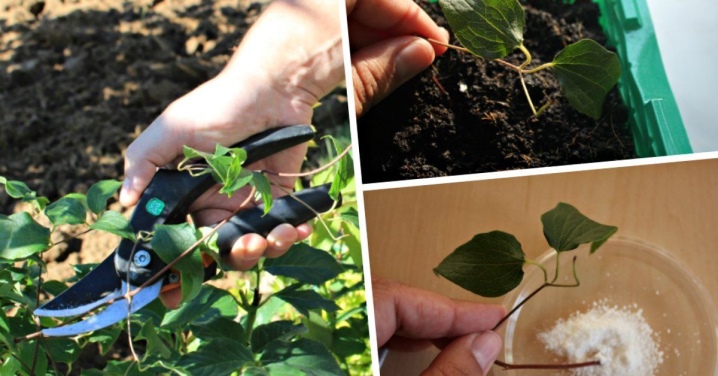
Summer cuttings
Clematis can also be cut during the flowering season, during this period it will be much easier to breed a culture.
To do this, it is necessary to cut off half or a third of the green leaf from the flower along with the shoot, choosing the largest specimen.
It can be grown in water until the first roots appear, or it can be immediately rooted in the ground, following standard care rules. By the next summer, this method will allow you to get a beautiful young culture in the garden.

How to prune a stalk?
The first priority when choosing the right planting material will be the selection of a suitable mother plant in the garden. It is best to consider clematis from the entire assortment, which will be more than 3 years old, since the shoots from such flowers will have the maximum survival rate. A simple way to propagate clematis is to separate the planting material in the budding phase of the culture, which is due to the presence of the maximum amount of active substances in the shoots.
Before grafting a flowering culture, it is recommended to additionally feed it with complex fortified compounds, in which nitrogen will be necessarily present, which favorably affects the process of rooting new shoots in the garden.
Reproduction also provides for the choice of such a shoot on which there will be no buds, you can check compliance with the requirements for planting material, bending the escape. If it does not break, then you can use such a part of the culture with confidence in the planned result.
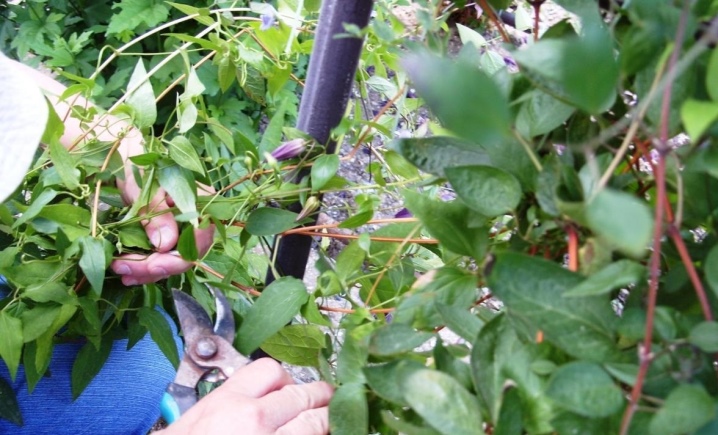
It is best to cut the shoot a little higher than the second bud from the ground. Each stalk should also have at least one node, which will contain two buds or leaves. In shoots with short internodes, it is more correct to cut cuttings with two buds. The cut should be made obliquely, below the very last knot, at least 3 centimeters. If the cut is carried out horizontally, then the distance from the knot should be in the range of 2 to 3 centimeters.
If there are leaf plates on the collected material, they should be shortened in half, the lower green mass is completely disposed of.
The optimal cutting length will be 50 centimeters.
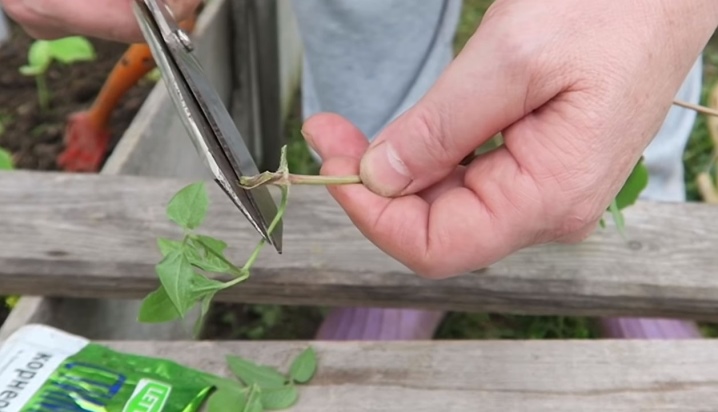
Soil preparation
In order for the result of cuttings of clematis to appear in the garden of a new flowering culture, you should pay attention to the preparation of soil or a special soil mixture for rooting planting material.
Experienced gardeners recommend planting in two-layer soil.
The first layer in this case will completely consist of disinfected river sand. The next bottom layer will be a mixture of peat, black soil and sand in equal amounts. The priority is peat with low acidity, all components must be well mixed with each other.
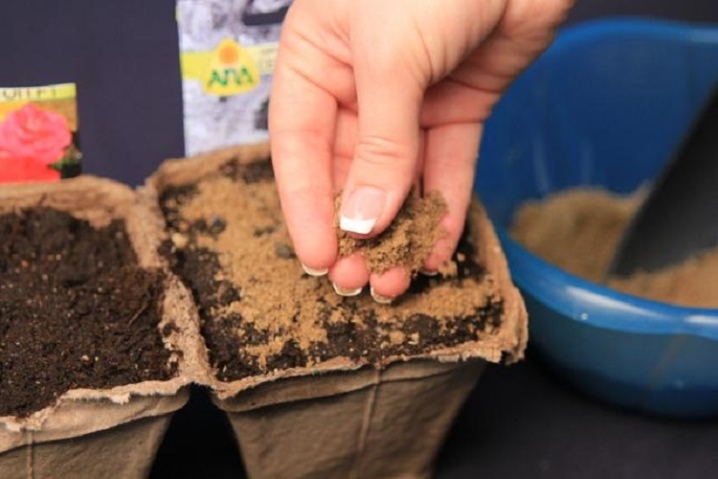
Clematis are distinguished by their low resistance to fungal infections, therefore disinfection is worth not only river sand, but also all other components. For these purposes, you can use a weak solution of manganese, "Fitosporin" or "Fundazol".
Clematis will root only in loose soil, so the gardener should take care of aeration of the selected soil mixture.
Cuttings can be planted in special containers, the depth of which will not be more than 30 centimeters. The layers should be the same in thickness. Some growers prefer to propagate clematis in bottles.
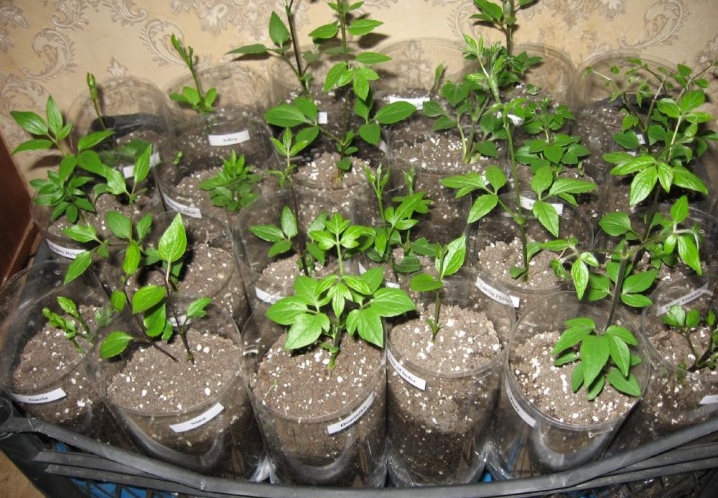
Landing features
To grow a flowering plant from cuttings, you should be guided by a specific crop planting scheme.
- You can take small disposable plastic cups for seating, if it is not immediately possible to root it into the ground. In such a container, it will be possible to observe the development of the root system, which increases the chances of getting a new culture.
In the container at the bottom, it is imperative to make several drainage holes, pour in the prepared substrate, take the shoot, planting it in such a way that the internode in the lower part is half in the ground.
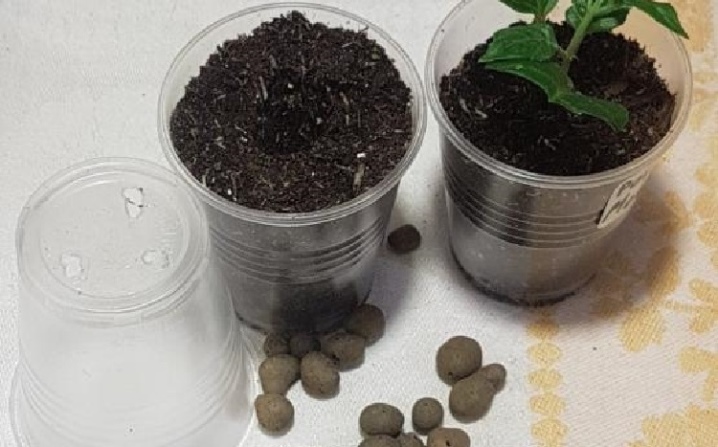
- An alternative to using a separate container for planting would be rooting cuttings in the open field. To do this, shallow furrows are dug in the garden at the selected place, in which the cuttings are placed, using sand as the top layer.

- The unifying rule for all options will be the use of a covering material, which is a plastic transparent film. Clematis cuttings will need a moist environment to germinate, which will accelerate root formation.
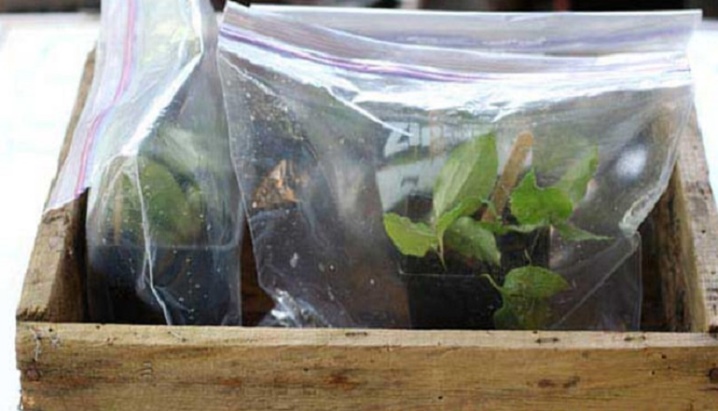
- Using a wide-necked glass jar is another way to plant a flowering vine. The amount of fluid should be such that the water covers only the lower kidney.
It is recommended to wrap the jar with light opaque paper, leave the cuttings in a shaded place in the room.
The root system will begin to appear in a month. Transplanting into the ground is carried out at a time when the roots increase in size up to 4 centimeters.

Follow-up care
Not every gardener has the opportunity to properly grow clematis cuttings in greenhouses. Therefore, most of the planting material is planted in open ground in the middle of summer.
It is recommended to prune such crops for the fall, removing the entire aerial part.
In addition, young crops should be additionally covered with a layer of mulch to maintain the viability of flowers during and after wintering. In the spring, the root system of those clematis that were planted in the garden will get stronger, therefore plants can be safely rooted to a permanent place in the front garden.
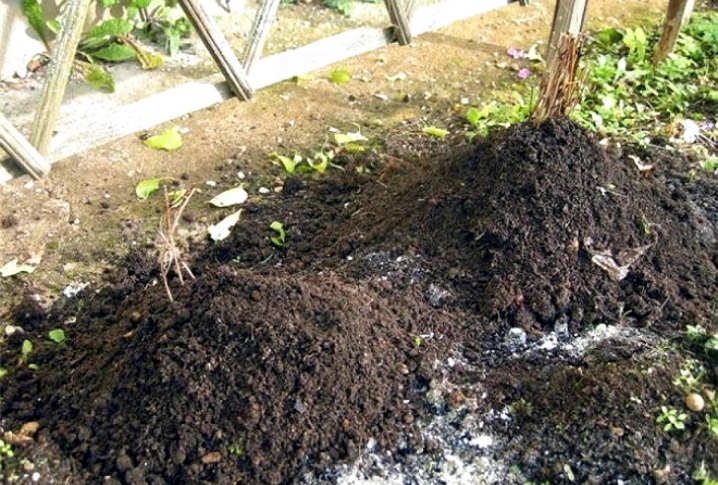
Growing cuttings involves creating conditions for them with the presence of shade; in greenhouses, cultures are sometimes covered with one layer of thin gauze. Watering is carried out three times a week, and the plants can be additionally sprayed.
Loosening the soil, as well as removing weeds are compulsory care measures.
Rough cuttings, which germinate in containers, are placed in a cool place until spring, with the arrival of warm months, the temperature in the room is gradually increased, moistened as the soil dries. It is recommended to additionally fertilize three-month-old clematis with mineral complexes.
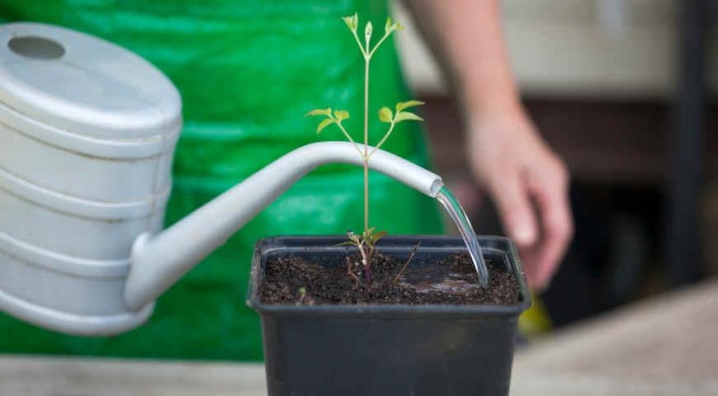
Recommendations
To get a successful planting material from an adult clematis, it is worth adhering to a few tips regarding the features of cuttings culture.
- Harvesting shoots for rooting should be carried out on a cool day, best of all in cloudy weather. The optimal time for cutting cuttings is evening. This option will help to avoid dehydration of the mother culture and shoots.
- Rooting in a greenhouse, in bottles or cups on windowsills will require diffused lighting. Fragile young plants should be protected from direct sunlight.
- The best covering material will be gauze, which retains moisture well, and at the same time allows air to pass through. An alternative to it would be any lightweight fabric in white. You can also use glass, it must first be covered with a thin layer of white paint.
- For better rooting and survival, woody shoots should be split into two parts before planting. In this form, the planting material will take root many times faster.
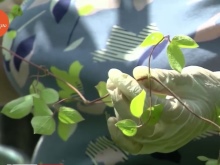
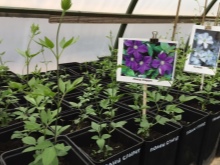

You can get acquainted with the features of the reproduction of clematis by cuttings in the following video.







































































































The comment was sent successfully.